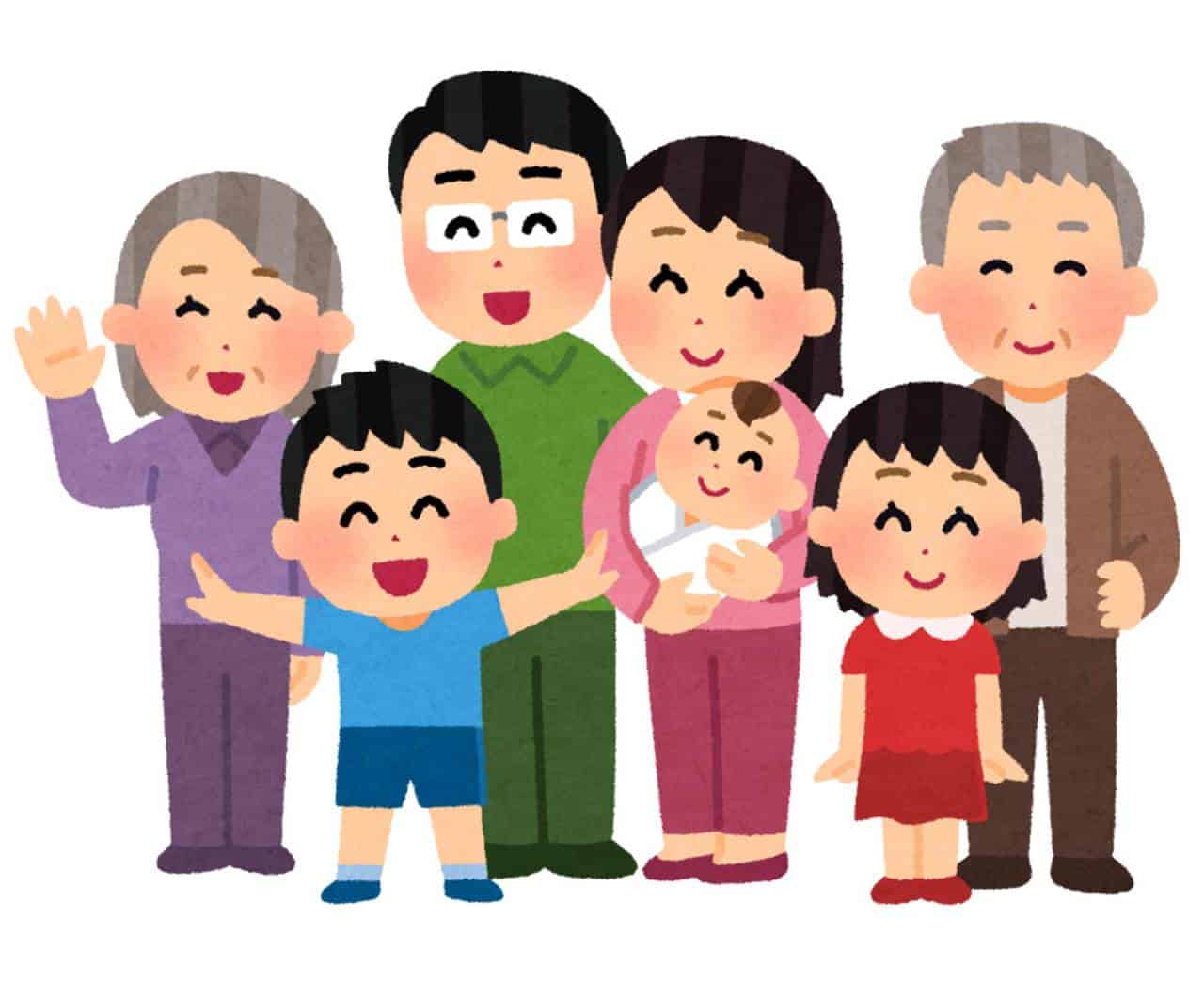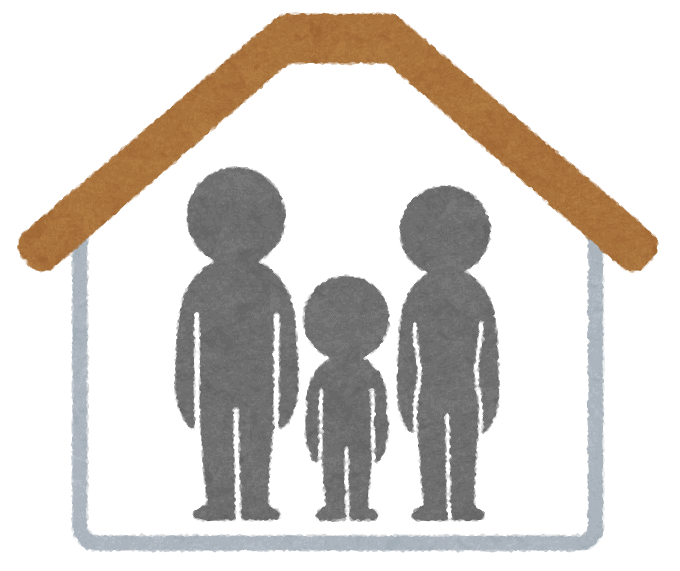Japan may be the world’s third-largest economy and a pioneer in technology, but its population is shrinking. What are the social and economic consequences of this demographic decline, and what kind of solutions is the government seeking to implement? Let’s take a closer look at Japan’s population with the 2020 census.
How Many People Live in Japan?
In January 2021, the population of Japan is estimated at 125.57 million residents.
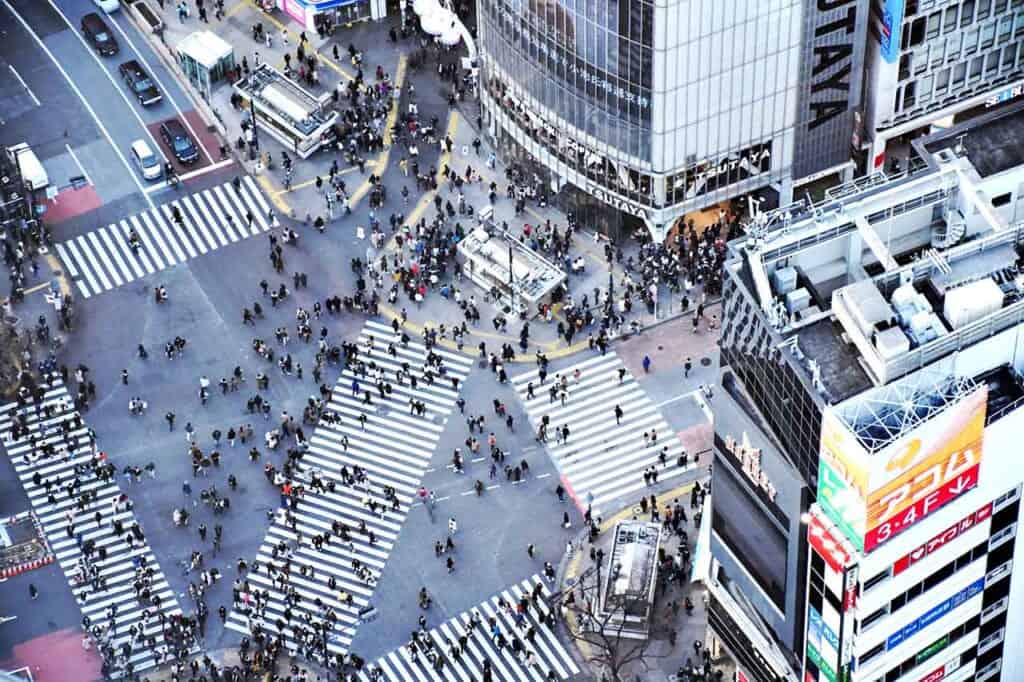
Every five years, the Japanese government conducts a national census of its population. The last census was done in October 2020. It covers all residents of Japan, including foreigners.

How is Japan’s Population Evolving?
For the past decade, Japan’s population has been decreasing every year. Since it peaked at 128 million in 2010, it has dropped by about 2 million.
According to projections, this decline will continue and even accelerate in the coming years. Japan’s population is expected to fall to under 100 million by the 2050s and less than 90 million by the 2060s. By the year 2100, Japan may well lose half of its current population. As the number of births has decreased for the past several decades, and this trend is not expected to rebound.
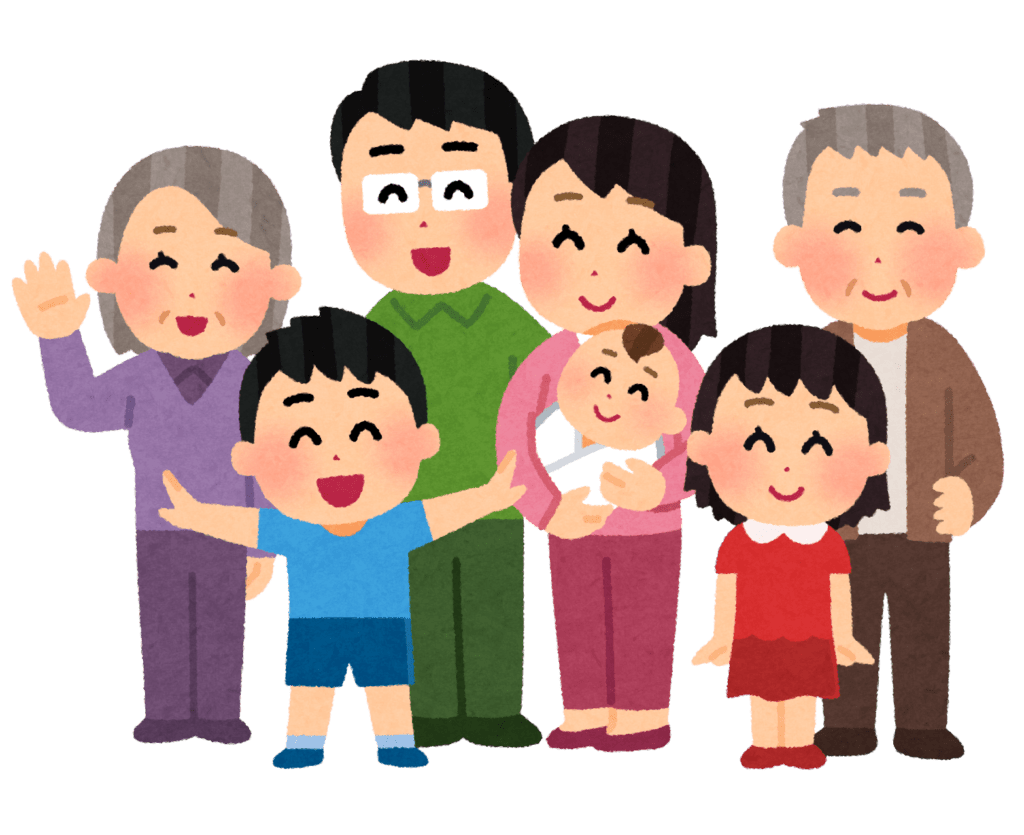
As we will see, the reasons for this population decline originate at the extremities of Japan’s inverted age pyramid.
Fertility Rate: Flagging Births in Japan
The first problem is that Japan’s fertility rate is one of the lowest in the world: 1.36 children per woman in 2020. Even with a slight increase since 2005, this rate is hardly enough to renew entire generations.
But why are Japanese people having so few children? There are many reasons, including the high cost of living, higher levels of education, and more women in the workforce in a society that makes it challenging for women to reconcile their career with maternity. In addition to the insufficiency, waiting lists, and cost of nursery schools and daycares, Japan’s workaholic and traditionally patriarchal culture is especially unforgiving for potential new mothers.
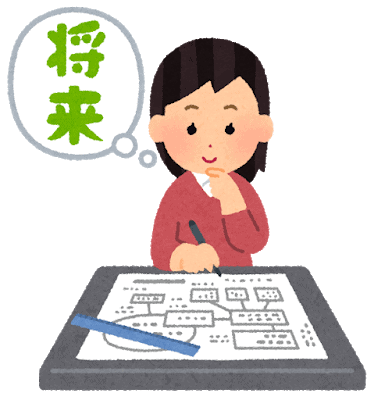
The low birth rate also correlates with an ever-increasing celibacy rate. Between 1960 and 2020, the percentages of individuals in Japan who remain single throughout their lifetime have increased from 3% to 17% of women and from 1.7% to 26% of men. Today, about a third of people aged 20-35 years are expected to remain single for life.
Japan’s Aging Population: More and More Centenarians
A salient characteristic of Japanese demographics is one of the highest life expectancies in the world: 81.41 years for men and 87.45 years for women in 2020. By 2060, life expectancies are expected to reach 84 years for men and 90 years for women.
These extended life expectancies naturally lead to an increasingly aging population. The Baby Boomer generation born in 1947–49 is now a social demographic of senior citizens. What’s more, Japan’s society is aging faster than ever before and faster than anywhere else in the world. Today, Japan is home to some 36 million residents over the age of 65. In 2019, they represented 28% of Japan’s population, compared to 12% in 1990 and less than 6% in 1960.
The demographic ratio between people aged 15 to 64 years (supposed active in the labor force) and those over 65 (supposed retired) is also shrinking. In 1980, the proportion was 7.4 working people for every senior; by 2010, it dropped to 2.7. Future estimates are hardly more optimistic: 1.8 in 2030 and 1.3 by 2050-60.
Meanwhile, the number of centenarians increased to about 75,000 in 2019. While the traditional Japanese diet is already favorable to longevity, the southern islands of Okinawa, in particular, have a worldwide reputation for their healthy lifestyles, which sustain many resident centenarians.
According to the report “Demographic Projections in Japan” published in 2012 by the National Research Institute on Population, the number of seniors will continue to increase. It estimates that by 2060, people aged over 65 will represent 38% of the population, with 27% over 75.
Consequences of Japan’s Aging Society
This accelerated aging of society places a heavy burden on public finances. It implies higher spending for social security and pensions, jeopardizing the budgetary balance between public revenue and social benefits.
Another consequence of Japan’s aging population is a growing labor shortage. This phenomenon not only encourages seniors to work longer and after retirement (further spurred by low pension rates), but also favors higher participation among women (73% of women were employed in 2019, compared with 57% in 1990).
However, the low birthrate and diminishing labor force continue to slow overall economic growth and international and regional trade dynamics. Japan’s acutely aging society is by far the most pronounced worldwide, and especially in Asia (in Japan, at least 28% of the population is aged over 65, compared with 15% in South Korea and only 11% in mainland China).
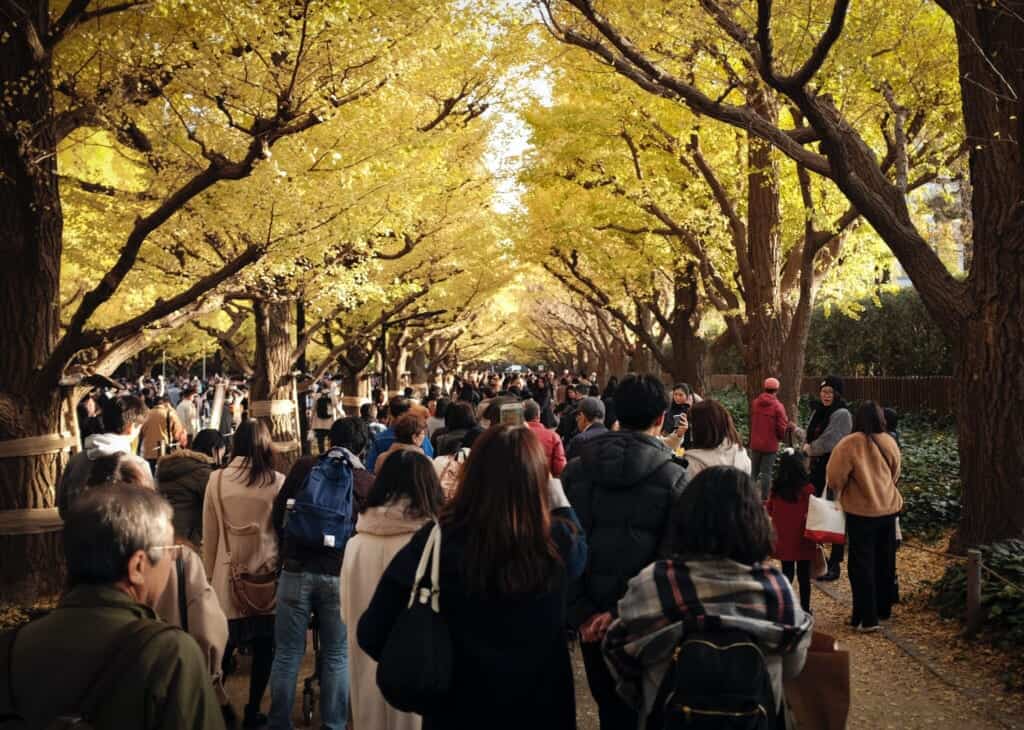
Alternative Solutions to Japan’s Demographic Decline
Confronted with this “alarming” shortage in the labor force, Japan is exploring several leads.
The national government has launched various initiatives to encourage its citizens to have more children, including family subsidies, free nursery school for low-income families, paternity leave, tax benefits, and even nominated a dedicated minister to tackle the nation’s falling birth rate. We have yet to see if these well-intentioned initiatives have yet to bear fruit.

Some perceptive officials at the highest level of the Japanese government have recognized the need to call upon more foreign workers. But public opinion has been reticent to accept this idea, and any move to relax immigration policies remains a sensitive issue.
Other voices have promoted automation and robotics. Charismatic humanoid robots such as Pepper are stationed in many commercial spaces in big cities, welcoming and guiding customers, or checking to see if they are wearing a mask (which is already a common practice in Japan). Robots, in general, are most likely to proliferate in a labor market that lacks factory workers, construction workers, and electricians. They are also being developed for production assembly chains, as well as other hazardous or strenuous activities.
Given its significant population, Japan has both the highest life expectancy and the lowest birth rate in the world. Faced with its rapidly aging society, the national government has been exploring domestic solutions such as family incentives and robotics while touching on immigration politics.
Translated by Cherise


